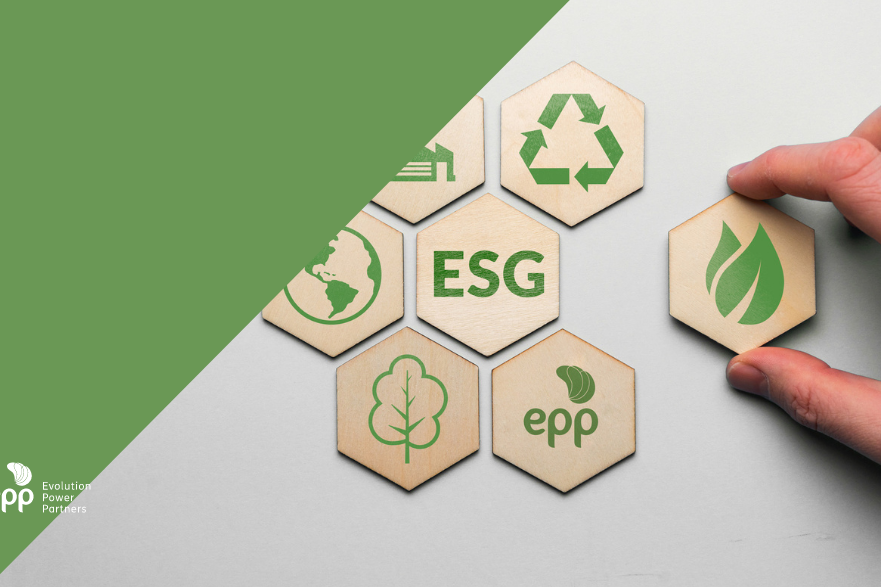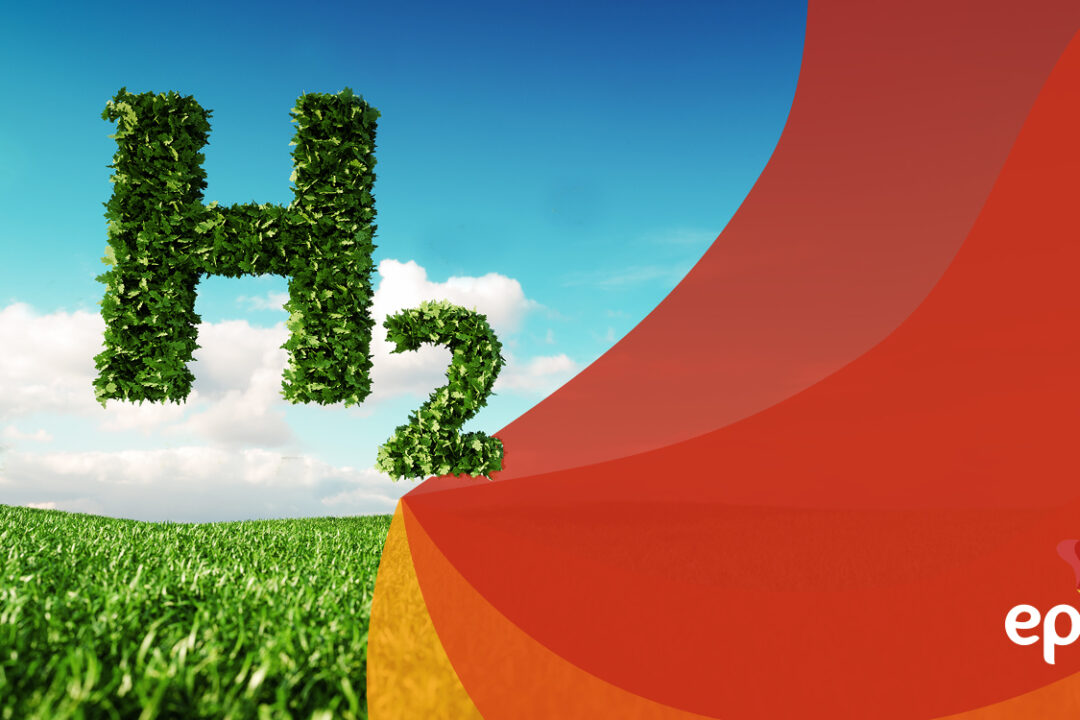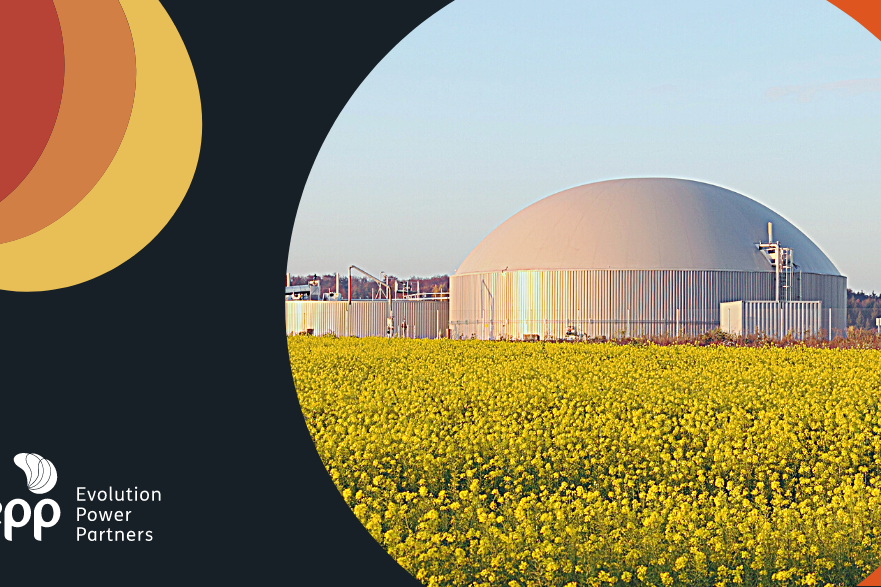Biomethane has the smallest carbon footprint among several available energy sources. Therefore, it is one of the alternatives available to reduce CO2 emissions into the atmosphere.
Since the Industrial Revolution, the level of CO2 emissions has grown exponentially across the world. As a result, countries needed to invest in new energy sources, favoring cleaner and renewable models.
In this sense, the biomethane that is produced from biogas has become one of the bets to stop climate change. Currently, one of the sectors that generate the most pollution is the transport sector.
As a result, replacing fossil fuels in this sector is one of the priorities. In Brazil, ethanol already replaces almost 50% of the country’s gasoline, but by using biomass and producing biomethane, it is possible to reduce up to 96% of CO2 emissions in transport.
The importance of biomethane in reducing CO2 emissions
Biomethane is a gas generated from biogas that is obtained by removing water vapor, carbon dioxide, hydrogen sulfide and has greater combustion power than biogas. Nowadays, there are already substitutes for gasoline, diesel and now biomethane has emerged as an option for natural gas, having the same properties.
One of the great benefits of biomethane is that it is produced from solid waste, a process that generates a double environmental gain. Another point is that when using this source it is even possible to generate negative CO2 emissions, depending on the origin of the biomass.
In a Life Cycle Assessment (LCA) carried out comparing the Golf GTI 2.0, which is an internal combustion vehicle, and the Tesla Model 3, which is a 100% electric vehicle, it was possible to perceive the advantages. In the case of the Golf, emissions when fueled with gasoline were 252.6 gCO2e/km and in the case of biomethane it drops to 58.3 gCO2e/km.
For comparison, recharging the Tesla from wind power, a 100% clean generation, generates an emission of 72.3 gCO2e/km. That is, even when faced with a clean and renewable option, biomethane may be better. With these data, it is possible to see how biomethane plays an important role in achieving the decarbonization goals.
The Brazilian potential in the production of biomethane
The Brazilian potential for biomethane production is 80 million cubic meters (m³) per day, according to the Brazilian Association of Biogas and Biomethane (Abiogás). Currently, the volume produced daily is 2 million m³. Biomethane was regulated in Brazil in 2020 and the technology is growing fast in the country. In 2021, 45 new plants were inaugurated, adding a 37% increase in production. Faced with the challenge of decarbonizing their operations, numerous companies are already adopting biomethane as a fuel to power their industrial and logistics operations.
In addition, the federal government has created incentives, such as the National Program for the Reduction of Organic Waste Methane – Zero Methane, which aims to reduce greenhouse gas emissions through the energy use of waste fuel or organic products such as sources of biogas and biomethane.
Urca Energia, a company in which we are associated, after the acquisition of Gás Verde, became the largest producer of biomethane in the country, a sustainable biofuel that contributes to the preservation of the environment and has great potential to transform the energy matrix of Brazilian companies.
Therefore, with the advancement of technology, decarbonization of production processes and the electrical matrix, reductions in emissions are expected over the next decade and biomethane will play a large role in this change. To learn more about the development of biogas and biomethane plant projects, contact us.






